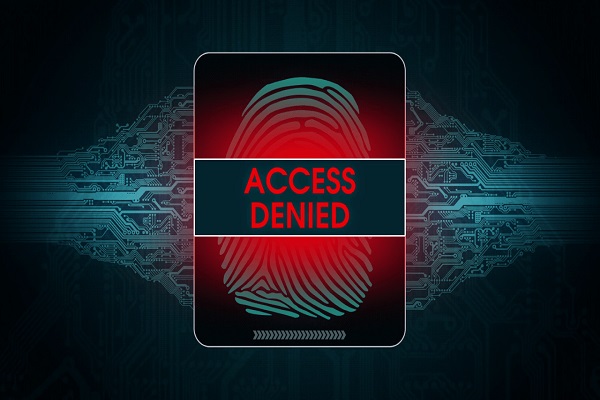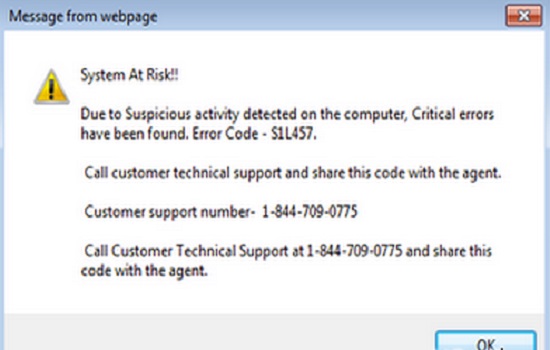The Internet has turned the world on its head. Young people can explore every corner of the world online, while also keeping in constant communication with their friends and families back home through text messages and social media platforms like Instagram, Facebook, and Twitter. It’s not just young people who are using these channels to connect with one another; even older generations are using these platforms to stay in touch with their loved ones as well.

Parents must be involved
Parental involvement is an important part of growing up. But as kids spend more time on social media, figuring out the best way for parents to participate can be difficult. The first thing you need to do is set some ground rules about what your child will and won’t be able to post on their accounts. You may want them to post only photos taken by themselves and not by others, or ask them not to use any profanity in their posts or comment threads. If they’re posting publicly, they should never share personal details like where they live or how old they are.
Make an account on each platform
Facebook, Twitter, Instagram, Snapchat. As more and more social media platforms pop up, it can be hard to keep track of which ones are worth your time. Here’s the lowdown on what each platform offers and how you can use them with your kids.
Update regularly (at least once per week)
The digital world is ever-growing and it can be hard to keep up with all the different ways in which children are using the internet and social media. There are many things parents can do to help them manage their children’s online presence.
The first thing parents should do when they notice a change in their child’s behavior on the internet is take control of their phone or laptop so that they can monitor what sites have been visited.
Use #hashtags for easy browsing
In today’s digital world, parents need to be their child’s first line of defense against cyber bullying and predators. Establishing good guidelines at an early age is crucial for your child’s safety and mental health.
Below are steps every parent should take before their children go online for the first time (or get a new device). These guidelines may vary depending on your parenting style, but there are important takeaways for everyone.
Add pictures, but only good ones
The average American spends more than 11 hours per day staring at some sort of screen, and more than half of that time is spent on social media. What this means for you, as a parent, is that your children are spending an inordinate amount of time online—and it’s not always supervised. So what do you need to know about monitoring your child’s online presence?
1) Find out what sites they have profiles on.
Engage with friends and family
It is important for parents to be aware of what their children are doing online and make sure that they have parental control software installed on their devices. There are many ways for children to access the internet, so it is impossible to monitor every device or website that they visit. The most effective way for parents to protect their children while providing some form of supervision is by installing these types of software on all the devices in your household and setting up restrictions on certain content such as pornography, violence, or gambling.
Keep your password secret
It is important for you and your child to have different passwords for the accounts that they use. This way, if something happens and their account gets hacked, you will still be able to get in.
If your child does not want you looking at anything on their phone or laptop then make sure you both have different usernames and passwords.
Edit posts carefully if needed
Parents often worry about their children’s online presence, but it need not be a source of stress. There are many ways you can protect your child from the dangers of the internet, from limiting screen time to setting parental controls on their devices. The key is that if you want to make your child’s online experience more positive, then it is up to you as their parent.
Have fun with it!
If you’re like me, there are moments when you can be feeling so caught up in your own world that you forget your child is growing and developing at warp speed. If this sounds like you, then the first step for being an awesome digital deadbeat parent is making sure that your child has their own online presence. Once they do, it’s time to make sure that it’s protected from people who might want to hurt them.






